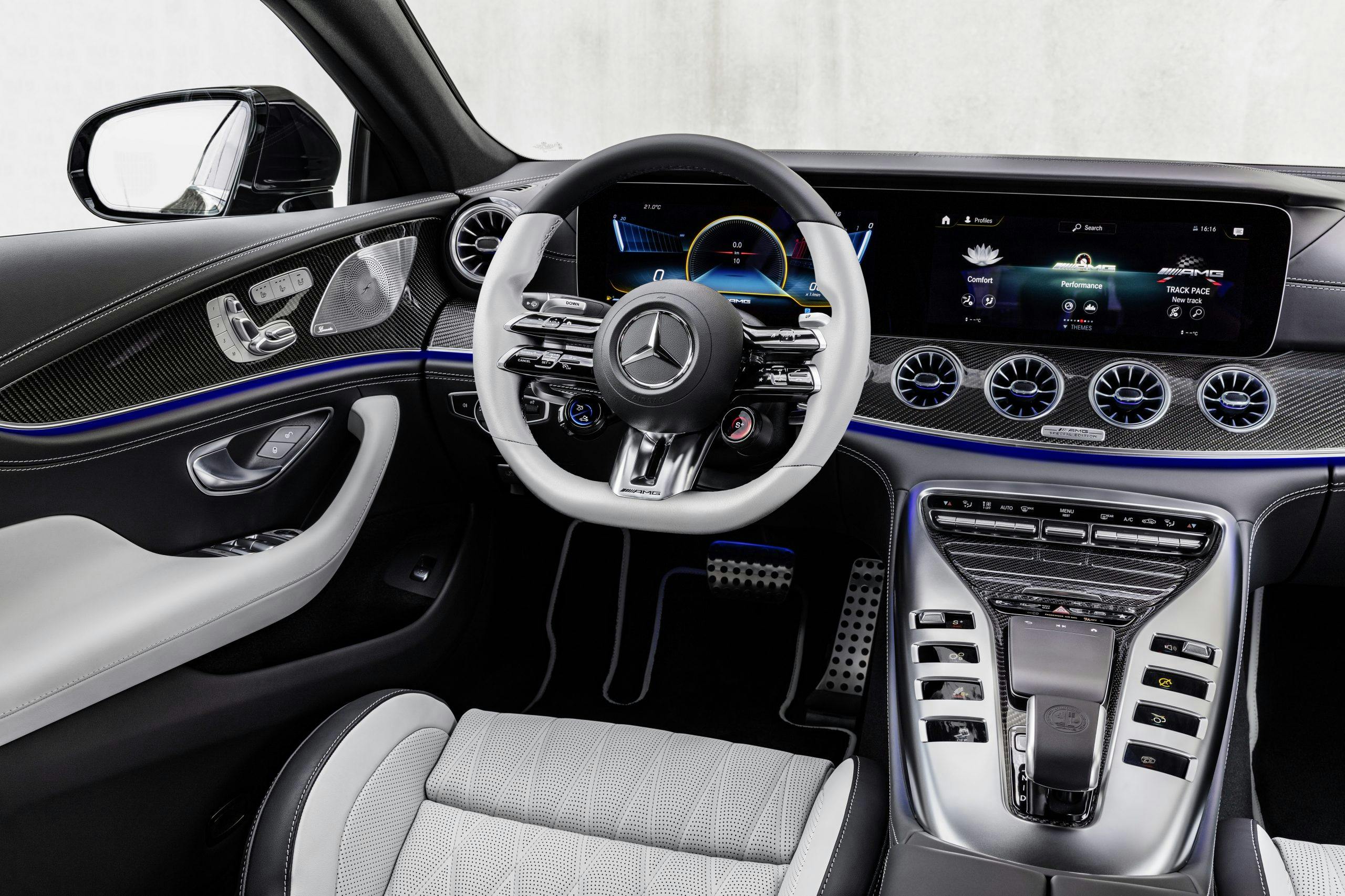Bronco heads for dealers, Toyota teases next-gen Tundra engine, fuel-cell Defender in the works
Welcome to The Manifold, our fresh daily digest of news and what’s happening in the car world.
At long last, Ford’s new Bronco trots off the production line
Intake: Twenty-five years and three days since the final fifth-gen Bronco rolled off the lines at Ford’s Michigan Assembly Plant (MAP) in Wayne, production has begun for the sixth-generation off-roader. Delays due to the pandemic, Bronco-specific supply chain wrinkles, and the global semiconductor shortage have plagued the much-anticipated truck. Production starts not a moment too soon: Ford currently has 125,000 orders for the full-bore Bronco. That translates to roughly two and a half years of Broncos, Greg O’Neil, United Auto Workers Local 900 chairman for stamping, told The Detroit News. Don’t have an order? Settle in for a long wait.
Exhaust: Though upper trims of the Bronco Sport wear the iconic badge with legitimately-earned dignity, this full-fledged Wrangler-fighter is the biggie—and a long-awaited testament to the UAW workers, Ford engineers, and product planners who fought to bring back the Bronco.
Toyota teases new Tundra engine, V-6 looks likely

Intake: The 2022 Tundra is due to receive a host of changes when it’s unveiled later this year, among them an all-new iForce engine. Revealed today, a single teaser shot of the new powerplant’s cover suggests V-6 power, if the three intake runners alongside the center axis of the new iForce MAX engine are any indication. Rumors point to a hybrid setup with either twin-turbo or naturally aspirated power.
Exhaust: The existing iForce V-8 in the Tundra makes 381 hp and 401 lb-ft of torque, so expect at least that much from this new generation of Tundra engine. The new Land Cruiser—not destined for U.S. shores—will make 409 hp and 479 lb-ft from its gas-powered 3.5-liter V-6. A hybrid version of this engine seems entirely plausible, if not palatable to buyers in a marketplace that is increasingly populated by electrified (and even all-electric) models. Toyota tends not to update its trucks very often, so any big next-gen moves will likely take into account at least a seven-to-eight-year lifecycle. The current Tundra, if you can remember this far back, launched in 2007.
Hydrogen Defender under development

Intake: Land Rover will begin testing a hydrogen-fuel-cell Defender later this year as part of its goal of reaching zero tailpipe emissions by 2036. Hydrogen fuel cells generate electricity from the universe’s most abundant element through chemical reactions, and Land Rover sees the technology as complementary to battery-electric vehicles rather than as an outright replacement for them. Ralph Clague, head of hydrogen and fuel cells for Jaguar Land Rover, says, “We know hydrogen has a role to play in the future powertrain mix across the whole transport industry, and alongside battery-electric vehicles, it offers another zero tailpipe emission solution for the specific capabilities and requirements of Jaguar Land Rover’s world class line-up of vehicles.”
Exhaust: Indeed, there’s no exhaust apart from water vapor, but the current issue with hydrogen remains a lack of refueling infrastructure. However, just in the last three years the number of fuel-cell electric vehicles has doubled, and fuel stations have increased by over 20 percent. Land Rover predicts that there could well be more than 10,000 fueling stations globally by 2030 serving 10 million or more vehicles. Like Toyota, JLR doesn’t want to miss out on the action in the event that battery-electrics don’t win out.
AMG GT 4-Door Coupe adds comfort and customization
Intake: Retuned suspension, a new three-person back seat and a wider choice of wheels, interior trim, and colors are just some of the updates to the AMG GT 4-Door Coupe. The revised AMG Ride Control+ air suspension system has a new dual-valve arrangement which allows rebound and compression to be controlled independently, which AMG says enhances handling and ride comfort. New, lightweight 20-inch or 21-inch wheels are available and the steering wheel is of a new two-spoke design with the option of a heating element. Also inside is an available bench seat and a wider choice of colors for the leather trim. A Manufaktur Exclusive Edition of the 3.0-liter V-6 AMG GT 53 comes in Rubellite Red metallic paint with silver chrome exterior trim and acres of Nappa leather inside. A detuned GT 43 is also available, alongside the flagship V-8 models. Prices and further information will follow soon.
Exhaust: When we reviewed the AMG GT 4-Door Coupe we were quite taken with the car’s standard suspension setup, which struck “just the right balance between ride and handling for a luxury car with this sort of sporting ambition.” This trick new arrangement promises to be better still, while the visual enhancements should help with our criticism of the car’s looks, “more of a hodge-podge of Mercedes and AMG styling cues than a cohesive design.” Inside, one of the industry’s most impressive interiors can only benefit from more customization.
Koenigsegg weighs using volcanoes to help fuel cars

Intake: In an interview with Bloomburg, Christian von Koenigsegg, eponymous owner of our favorite Swedish hypercar company, mentioned a new technology developed in Iceland to cap semi-active volcanoes and convert the CO2 emissions and turn it into methanol. “It’s just a very interesting way of creating an environmental benign propulsion energy source.” Evan Horetsky, Chief industrialization Officer of Koenigsegg, also mentioned that the company plans to expand its business beyond hypercars and increase production from about three cars per month to several thousand per year. He hopes to double the size of Koenigsegg’s factory in the next couple of years to do so.
Exhaust: Koenigsegg is at the tip of the engineering spear, always forging ahead with wild new technology like its camless “Freevalve” engine. “Volcano power” got all the talk from this interview—perhaps rightly so given that von Koenigsegg is more or less a benevolent Bond villain who loves cars—but the company’s plans to expand to produce several thousand cars per year is the bigger news. With any luck, Koenigsegg’s lightweight construction philosophy and creative design solutions will spread to even more models.




